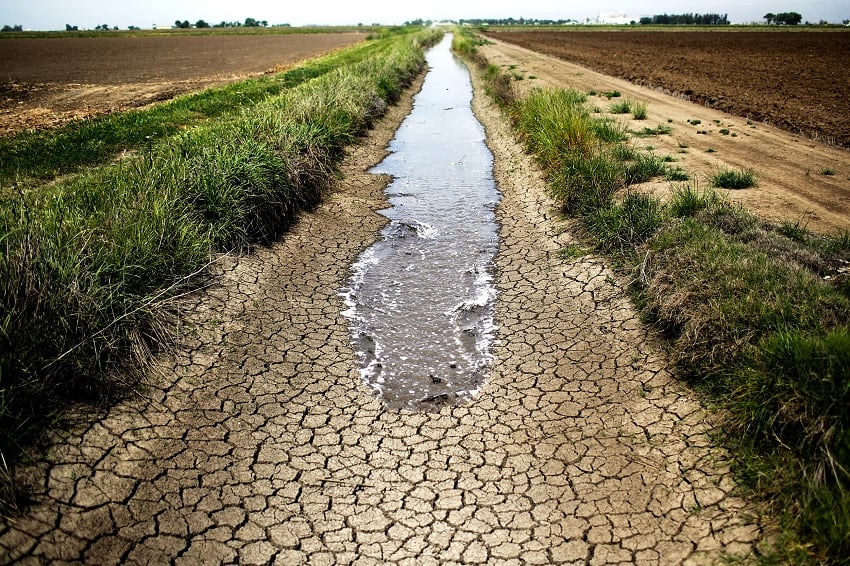QUETTA: The Asian Development Bank (ADB) has warned of an extreme water crisis in Balochistan province. The ADB report said that the worsening water shortage reduced the cultivated land to only 7 percent of the province’s total land.
According to ADB, a new digital water and weather monitoring system has been installed in the province to help address the crisis. The system aims to provide accurate data. Automatic weather stations are now recording precise information on rainfall, temperature and wind speed.
The report said farmers can now use this climate data to plan irrigation more effectively. The digital system is helping reduce water wastage and increase crop output. It has also improved the province’s ability to forecast floods and droughts in time, reducing potential losses.
ADB said the government is now receiving reliable information for fair water distribution and better management. Coordination between departments has improved, and planning has become more efficient. Local communities have also been trained and can now operate and maintain these systems.
The bank noted that new dams and canal networks have significantly improved water availability for irrigation. Solar-powered drip irrigation is also helping conserve water and stabilise agriculture in the province.
Earlier this month, the NDMA report identified several high-risk water crisis districts in Balochistan where groundwater levels are already critically low, increasing the province’s vulnerability to drought. The high-risk districts include Chagai, Noshki, Panjgur, and Gwadar. Water scarcity in these areas has become a major challenge for both agriculture and livestock.
Experts say Balochistan’s weather patterns have changed dramatically in recent years. Once known for timely winter rains and early snowfall on mountain ranges, the province is now witnessing prolonged dry spells, with drought conditions worsening each year.





